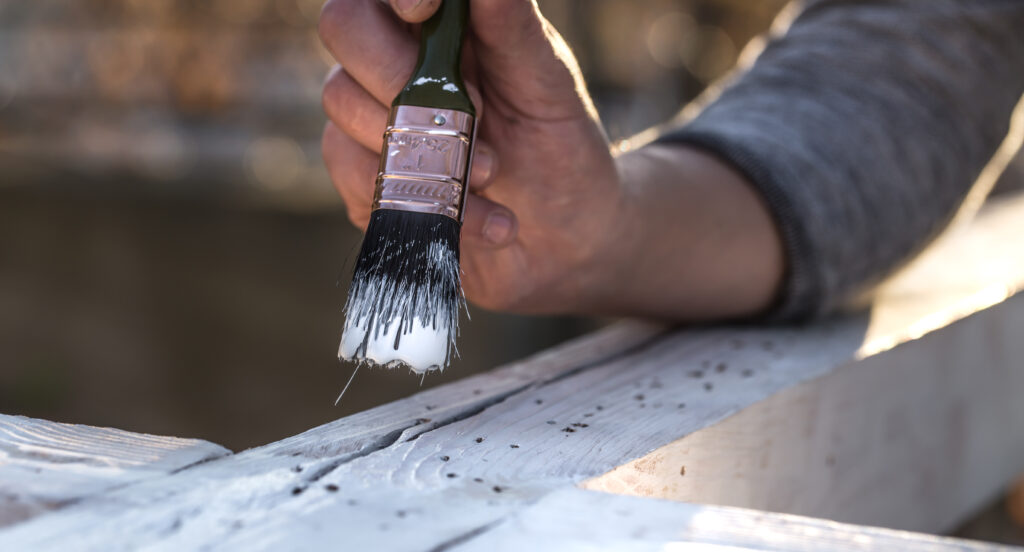Older trees are highly desirable for adding greenery, shade and a certain “stateliness” to any yard. But just with any landscaping in your outdoor space, tall, old trees bring their own set of challenges. Here are a few things to keep an eye out for when it comes to your yard’s oldest trees.
High Wind Risks
No matter an area’s climate, high winds are a given from time to time. Wind gusts can reach 60 miles per hour or more, tossing around debris and branches. If a tree’s trunk or limbs reach too close to your home, they can cause severe damage, sending branches or even the entire tree through your roof or windows. They can also knock out power lines, causing long outages that extend to neighboring homes. Branches should be kept trimmed 10 to 30 feet from your home—we recommend the higher end of this scale for added safety.
Far-Reaching Roots
Older trees often have far-reaching roots, which can cause extensive damage to your home’s structure and major systems. Some roots can harm your home’s foundation by reducing moisture in the soil, causing it to contract–this can cause your home to start shifting, often inward. Roots can also grow into your home’s sewer line over time, causing blockages and leaks.
Health Issues
Trees that have died or are in the process of rotting are that much more likely to become a risk for your home and the other trees around it. Some tree diseases are contagious to other trees, and dying trees are that much more likely to become damaged in the event of inclement weather. To assess whether a tree may be dying or dead, check its trunk for cracks and splits or bark that is brittle, peeling or breaking off. If a tree isn’t blooming when it normally should and some or all its branches remain bare even in summer, that’s another good indicator it may be on its way out.
What to Do About Old Trees
No matter what you need to do to keep old trees in check, whether it’s trimming back branches or complete removal, it’s always important to act quickly. Tree removal can be costly but the investment is worth it to prevent even more expensive issues down the road. It’s highly inadvisable to attempt to remove a tree yourself due to the liability—you won’t have the proper equipment and could potentially damage neighboring property. It’s important to always hire a professional to decide on the safest way to remove an old tree.
Should You Replace an Old Tree?
If removal is the best option for your old tree, you’re probably wondering what to do with your now empty space. This is all down to personal preference! However, you’ll want to make sure that whatever you decide to replant is appropriate for your climate and safe for your yard. Trees take a notoriously long time to grow, but you wouldn’t want to run into the same risks down the road or create the same issues for a future homeowner.



